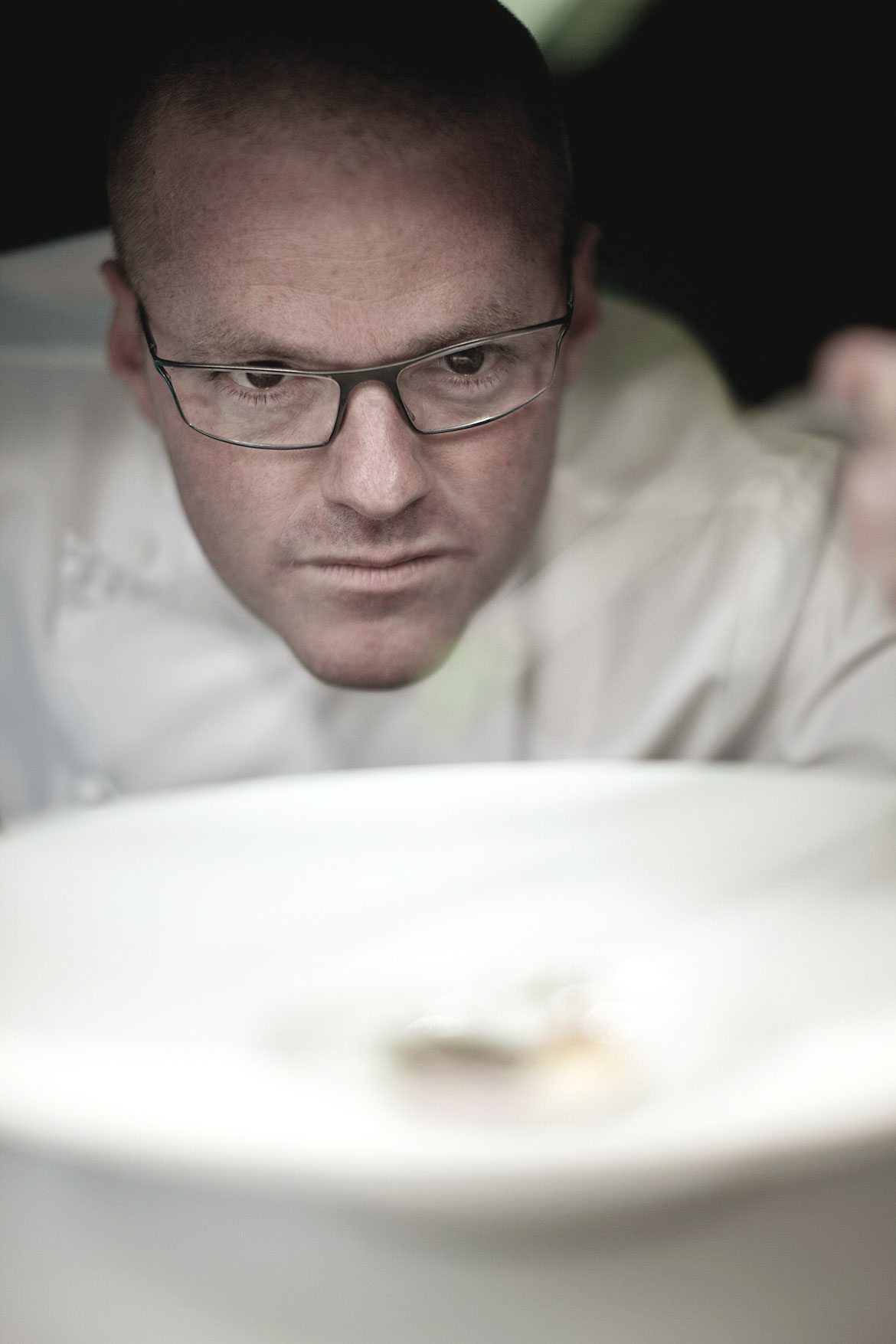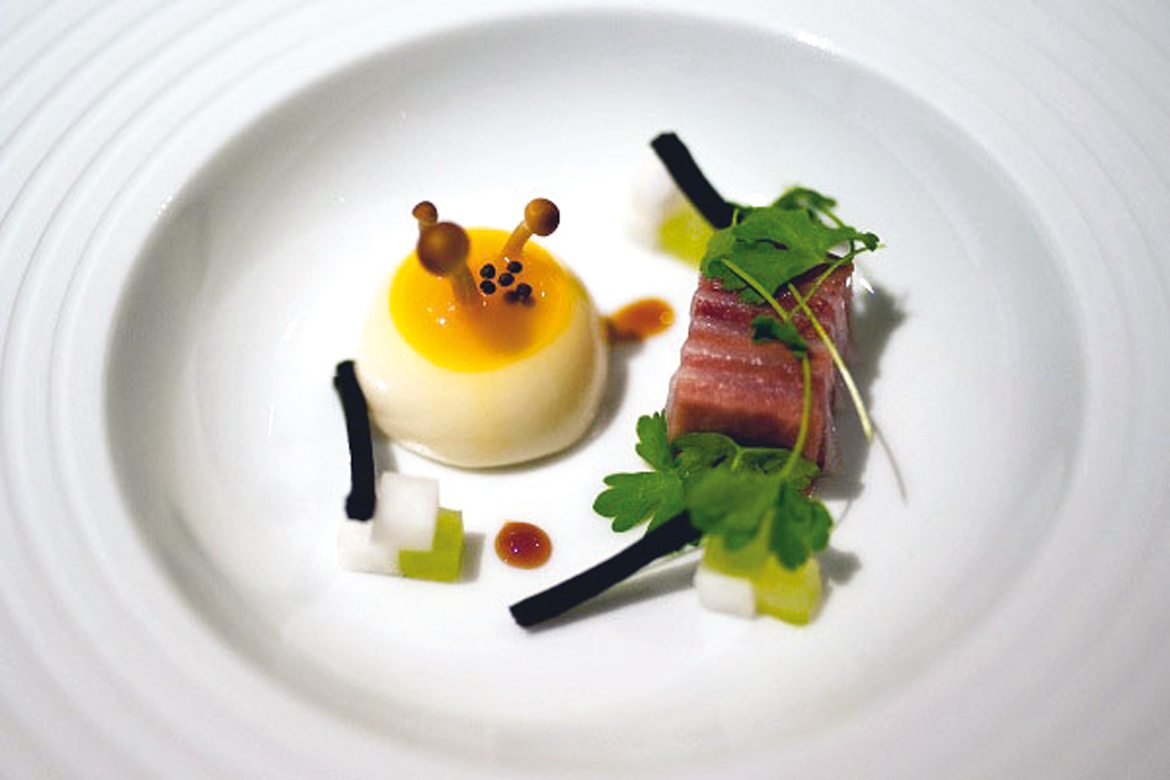Why Michelin stars are good for property prices
This post may contain affiliate links. Learn more
It’s not just good food you can expect if you move near a top-class restaurant, says Graham Norwood.
If moving house is among your New Year resolutions, the location of your next home may be determined by high-performing schools, fast commuter routes or where friends and family live. But how about checking on where the best restaurants are found?
This tip is not based merely on where to eat on a Friday evening but on one undeniable fact: where great restaurants are today, house prices rise like a delicate souffle tomorrow.
‘This is “the Ludlow effect”,’ explains Elizabeth Carter, consultant editor of the Waitrose Good Food Guide, a publication of biblical significance to Britain’s army of food-lovers.
Back in 1994 Shaun Hill – then a well-known Michelin-starred chef based in Devon – upped sticks and moved to Ludlow, regarded as a culinary backwater. He opened The Merchants House, which was listed in the top 20 restaurants in the world. It elevated Ludlow into a destination for those wanting the foodie good life, and house prices moved up as a result.
‘That’s the link between top restaurants and property. When a young chef or restaurateur starts their career they are surprisingly badly off so can’t go near established hot spots. They’ll have no choice but to choose somewhere very modest,’ says Elizabeth Carter.
Now the connection is so well known that estate agents often list restaurants on property sales details as a sign of an area’s status and, if required, a justification of its high prices.
Today’s equivalent of Ludlow is, perhaps, Cartmel in Cumbria, a town previously popular with walkers but otherwise little known outside of the Lake District. Then came L’Enclume, an establishment which now has two Michelin stars and has been voted Britain’s best restaurant in the last three editions of the Good Food Guide.
‘L’Enclume has resulted in other foodie enterprises moving in, plus an influx of second homes and visitors,’ explains Stephen Holland of Carter Jonas. He says the entire county is on an ‘upward spiral’ of restaurants pushing housing demand.
Prices in the Cartmel area have risen by five per cent over the past year according to Zoopla – more than most other parts of the Lake District – and now the region enjoys high quality homes like the detached Regency Villa on sale for £1.45m through Carter Jonas (above).
This pattern is repeated in Bray in Berkshire, which may have just 9,000 residents, mostly living close to the banks of the River Thames, but its fame is down to six Michelin stars. That’s three each for the Roux Brothers’ Waterside Inn and Heston Blumenthal’s Fat Duck.
When Blumenthal opened the Fat Duck in 1995 he employed two people; now he employs almost 50, which itself has an impact on house prices in a small village. More powerful, however, is the reputation: when he won three Michelin stars for the first time in 2004, Bray house prices rose around 15 per cent in just one year, outstripping the rest of Berkshire.
‘Bray is really special to Heston. He grew up nearby, lived there until recently, and recognises that it adds something to the experience of visiting his establishments,’ says a spokeswoman for Blumenthal. Knight Frank appears to agree, saying that in spite of Bray’s distance from London and the downturn from 2007 to 2012, village house prices have appreciated in the past 20 years as rapidly as affluent parts of the capital itself such as Richmond. In the past year alone, the village has seen average house price rises of no less than 14 per cent according to Zoopla.
No history of Britain’s recent property-restaurant connection would be complete without reference to Padstow. The Cornish port may have ‘only’ one Michelin star – for Paul Ainsworth’s Number 6 restaurant – but the empire built up by Rick Stein has turned this modest fishing village into one of the west country’s most expensive places to live
It has only 3,000 permanent residents yet four restaurants in the 2015 Good Food Guide. two of the four are owned by Rick Stein who in addition has two other eateries, a pub, four shops, a cookery school and several places offering accommodation.
One report puts his staff headcount at 350 in a tiny port where there are fewer than 30 full-time fishermen. Perhaps unsurprisingly, house prices are soaring – two-bed apartments start at about £300,000.
If anyone doubts the Stein effect, ask some of the longer-standing estate agents in Newquay, 20 miles south of Padstow on the north Cornish coast. Back in early 2004 they reported a surge in interest when the celebrity chef pledged to open a cliff hotel and restaurant overlooking the beach – and then interest dropped when the idea was scrapped because of difficulties securing planning consent.
So where will the next Cartmel, Bray or Padstow be discovered?
Hove looks a good bet with five entries in the 2015 Good Food Guide while the tiny Devon village of Sparkwell might be one to bear in mind now that its Treby Arms – a country pub run by a former Masterchef winner, Anton Piotrowski – has won its first Michelin star.
Penzance has three Good Food Guide entries next year – one even sells Cornish wines –while the Scottish islands of Skye and the Isle of Eriska each boasts a brand new Michelin star restaurant.
Meanwhile, if the prospect of house prices being pushed up by great food has whetted your appetite to move as well as eat, remember the golden rule of property buying is research. In other words, order that tuna carpaccio and follow with that star anise creme brulee.
They may not be as worthy as studying another batch of house price indices, but they will certainly be more enjoyable.


